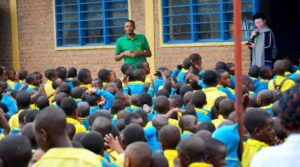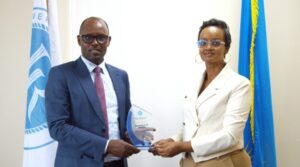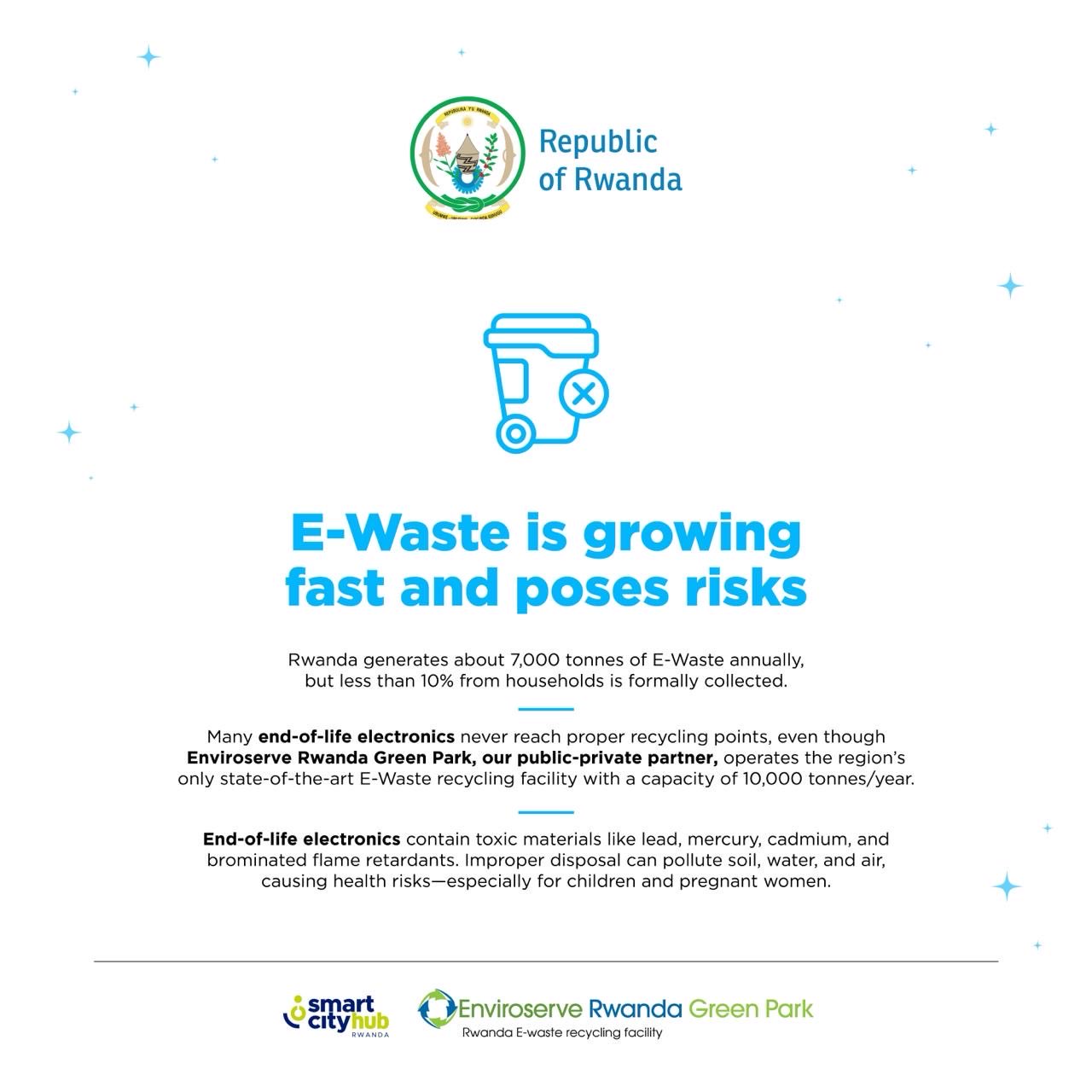
Even after achieving polio-free status, Rwanda continues its fight to safeguard its population against the re-emergence of the deadly virus.
Rwanda’s battle against polio reached a historic milestone in 2004 when the country was declared polio-free by the World Health Organization (WHO). This achievement was part of a larger victory across Africa, where decades of focused immunization campaigns eliminated the once-feared virus from most regions.
Despite this success, Rwanda has refused to rest on its laurels. The country’s health officials continue to advocate for routine vaccinations, demonstrating a steadfast commitment to global eradication efforts and ensuring the virus never re-emerges.
A Proactive Approach to Public Health
Polio, a highly infectious virus that can cause paralysis or even death, particularly in children, has no cure. Vaccination remains the only protection against this devastating disease.
On October 24, as the world marked World Polio Day under the theme “One Day, One Focus: Ending Polio,” Rwanda’s Ministry of Health and Rwanda Biomedical Centre (RBC) organized a celebration at Gihara Health Center in Kamonyi District’s Runda Sector. The event highlighted the critical importance of sustained vaccination campaigns while paying tribute to the healthcare workers on the frontlines of these efforts.
Kamonyi District was strategically chosen for the event due to its polio vaccination coverage falling below 90 per cent, an anomaly in a country where the national coverage rate is an impressive 96 per cent. The event sought to encourage residents to participate fully in vaccination efforts, contributing to the global goal of eradicating polio entirely.
Bridging the Gaps in Coverage
Hassan Sibomana, Director of Vaccine Programmes at RBC, underscored the importance of continuing vaccination campaigns even in a polio-free nation like Rwanda. “Globalisation and cross-border movements mean diseases can spread faster than ever. Stopping vaccinations could create vulnerabilities,” he warned.
He also stressed the government’s commitment to ensuring universal vaccine access, noting that Rwanda has embraced digital systems to notify parents about upcoming vaccinations. “No parent should use daily life pressures as an excuse,” he said. “We have ample vaccine supplies, and there’s no time limit for catching up on a child’s missed vaccinations.”
Sibomana cited examples of vaccine-derived polio cases in areas with low immunization coverage as a reminder of the persistent global risk. Countries like Afghanistan and Pakistan still grapple with polio, and outbreaks in under-vaccinated regions underscore the importance of vigilance.
Marie Josee Uwiringira, Vice Mayor for Social Welfare in Kamonyi District, acknowledged that some children in the district were marked as unvaccinated due to incomplete records. “Population movements and data gaps are partly to blame,” she explained. “But myths and misinformation also play a role in discouraging some parents from vaccinating their children.”
To counter this, district authorities have intensified community outreach efforts, focusing on education to dispel misconceptions and ensure no child is left behind.
Voices of the Community
Mothers like Ernestine Nzayisenga, who attended the event to vaccinate her children, understand the value of these efforts. “Vaccination is not just about protecting our children; it’s also a chance to identify potential health issues early,” she shared. Nzayisenga urged other parents to prioritize immunization, calling it both a duty and a privilege.
Rwanda’s commitment to maintaining high vaccination rates reflects a broader understanding of the interconnected world we live in. By continuing its proactive immunization programmes, the country is not only safeguarding its own population but also contributing to the global fight against diseases.
The last case of wild poliovirus in Rwanda was reported in 1993, and the country’s polio-free certification was renewed in 2020. Yet, for Rwanda, the work is far from over. Its approach serves as a model for other nations, proving that vigilance, awareness, and robust healthcare systems are key to a world free from polio.
TWAHIRWA Eric








